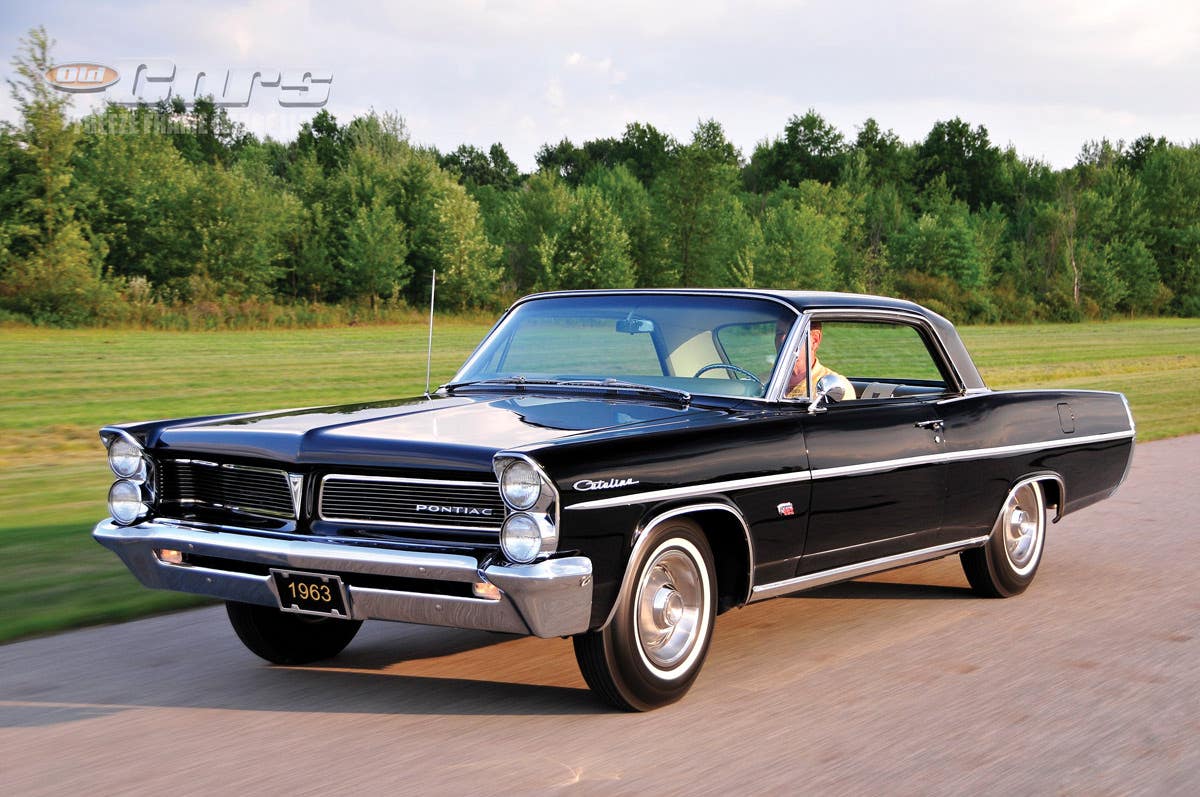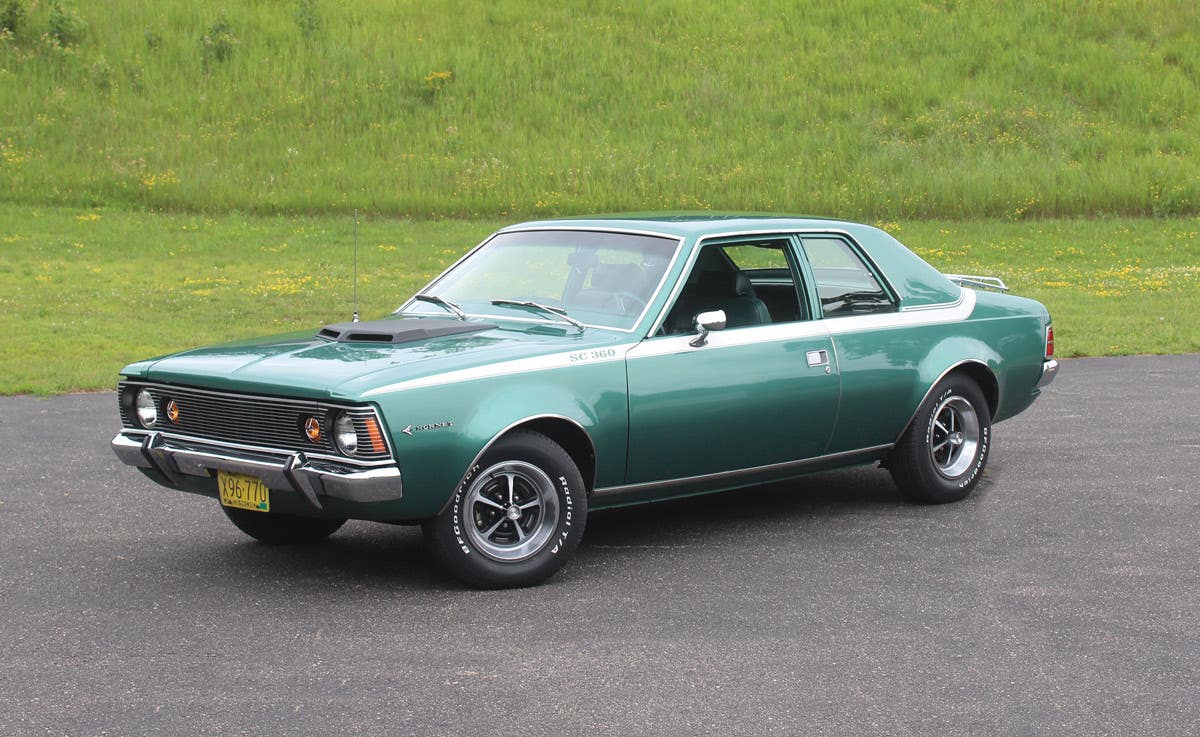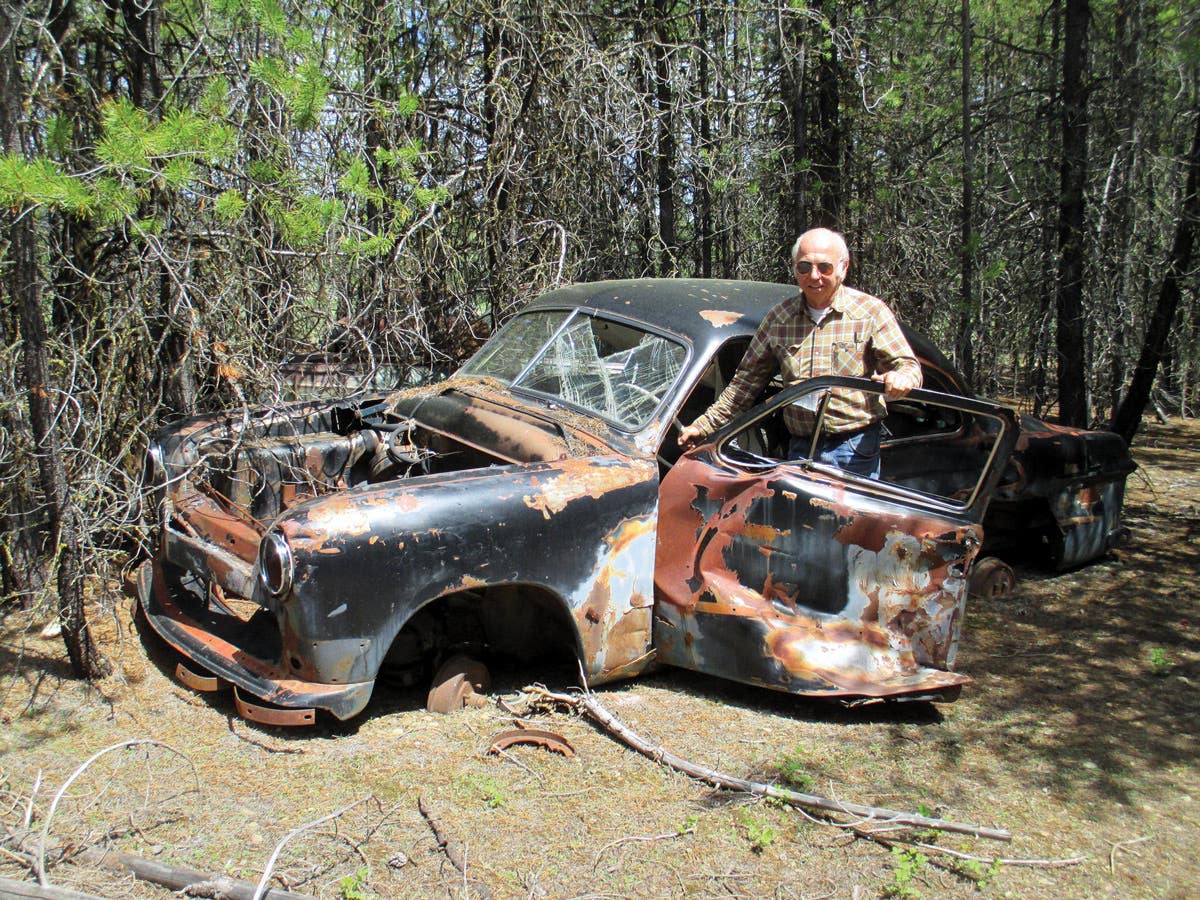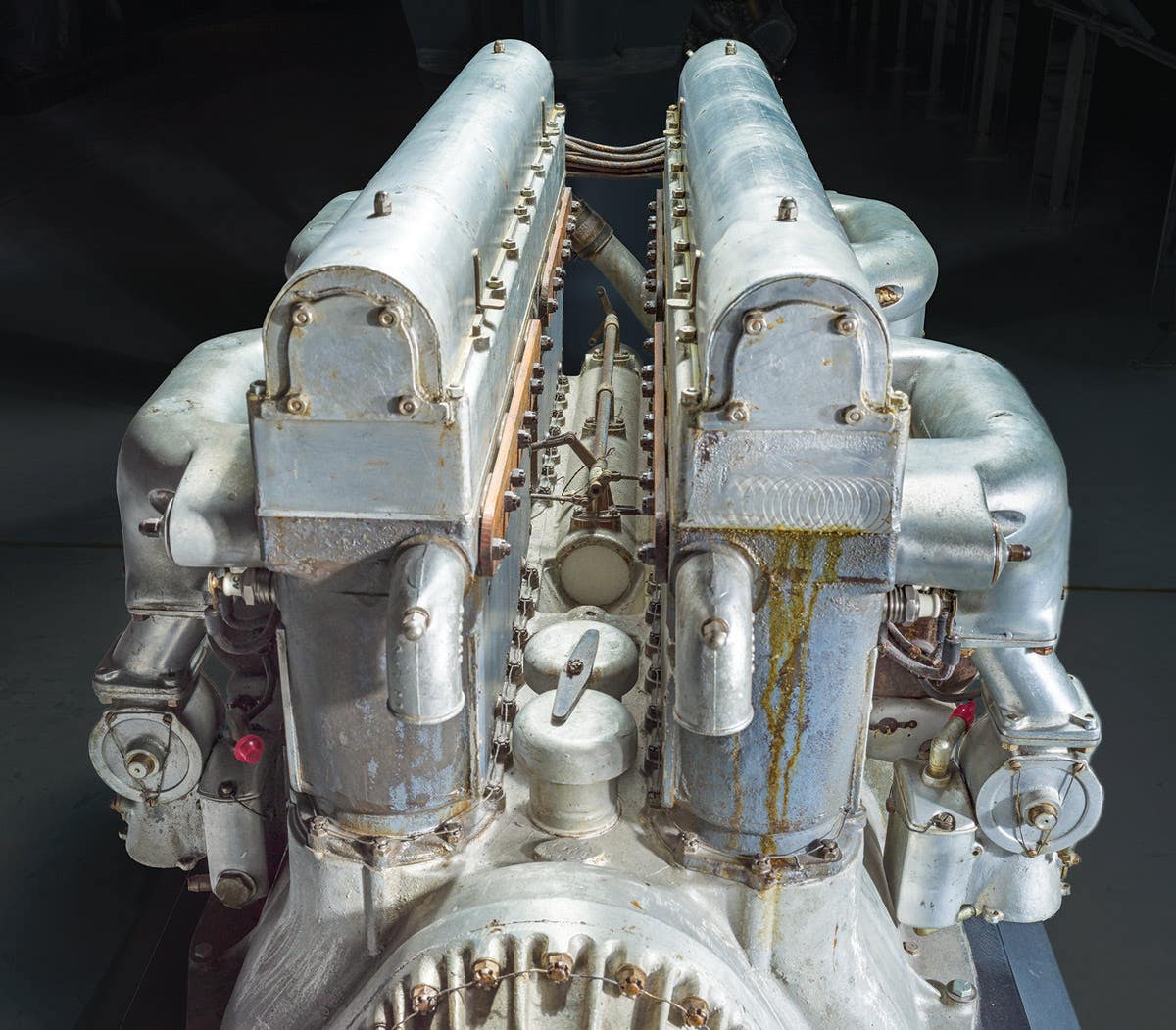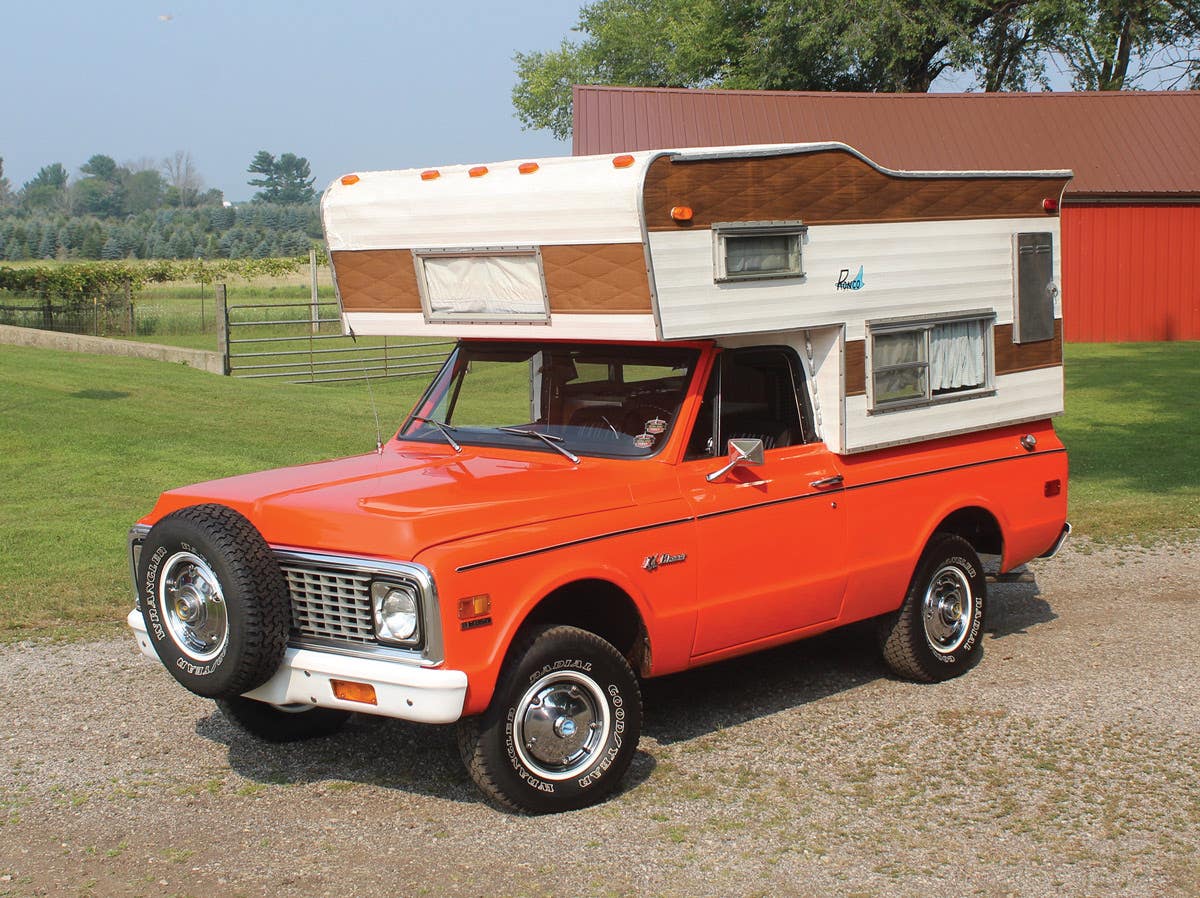Q&A with Kit Foster: November 8, 2012
Q. I am working on a 1948 Pontiac. The wipers do not work consistently, sometimes stopping in the middle. A friend says he thinks he remembers his dad adding oil…
Q. I am working on a 1948 Pontiac. The wipers do not work consistently, sometimes stopping in the middle. A friend says he thinks he remembers his dad adding oil to the wiper motor. Do you know if that is true, if it would help and what kind of oil should I put in?
— Tom Stamm, Park Hills, Ky.
A. Yes, it’s true. Petroleum products can help rejuvenate the seals inside a vacuum wiper motor. I’ve had success using kerosene. Just put a length of hose on the air intake of the motor (the little open tube near the on-off valve), put one end in a small jar of kerosene, start the engine and turn on the wipers. The vacuum will suck the kerosene right into the wiper motor. A little kerosene won’t hurt your engine, but will lubricate and swell the internal seals. You could do the same thing by inverting the motor and pumping in a little light-weight oil, but the hose and jar thing is easier.
-------------------------------------------------------------
Q. I’m just writing to update you on the “three-beer” 1940 Cadillac I e-mailed about two years ago. I appreciated all the suggestions and advice by the readers.
The fix was this: I had the intake manifold planed, taking off as much as 0.100 inch, and had Olson’s Gaskets make special intake and exhaust gaskets with the exhaust ports to the intake manifold (intended to heat the intake manifold) blocked off. I suspect I will have icing in the carb in the winter, but I will work out that problem if it happens. Now the Old Gal (notice name change, it used to be Old SOB) starts on the second or third time around, no matter how far it has been driven or how long it has been shut down. John Washburn, who writes for The Self-Starter magazine of the Cadillac LaSalle Club, suggested blocking off the exhaust ports and I also replaced the paper spacer (heat sink) between the carburetor and manifold with a phenolic spacer. It runs like a new car now and I barely have time to pop-a-top before it is running. Because of the warped manifold, exhaust gases were coming out underneath the intake manifold and overheating the manifold and engine compartment.
— Dave Volk, via e-mail
A. Mr. Volk’s question was in the Sept. 30, 2010, issue and concerned difficulty starting his car when hot. Several readers followed up in the Nov. 25 edition, offering a number of hints. Roy Rider, from Tecumseh, Okla., came closest to what you’ve described as the correct answer. Incidentally, the “three beer” car was Ralph Bock’s. He told how his 1940 Caddy would not hot-start until the passengers had all stopped for three libations, enough time for the engine to cool.
-------------------------------------------------------------
Q. Regarding the air conditioning on the 1951 Hudson six-volt system (Q&A Sept. 6), I have a 1955 Dodge, six-volt, in which I installed Vintage Air. Vintage Air is 12-volt for the compressor and blower motor. I was going to just put a 12-volt battery in the trunk for this purpose and take it out when it needed to be charged. I did that, but I also put an alternator alongside the compressor to charge the battery. This is working very well. My main problem is that it isn’t cooling the car as expected. The evaporator is in the trunk and the cold air is coming out the rear deck. The floorboards are very hot, so I have the keep the vents open. I just wonder what they did in 1955.
— Chuck Rouse, Midlothian, Ill.
A. That is indeed an interesting solution to the 6-12 volt problem in air conditioning early cars. Vintage Air, Inc., in San Antonio, Texas (210-654-7171, www.vintageair.com) has been supplying retrofit air conditioning for street rods and older cars for many years, but as you say, their kits are 12-volt. As to the poor performance of your system, assuming it’s fully charged, the problem may be the inherent design of trunk-evaporator systems. Even when new they did not work as well as today’s modern systems. Some, in an attempt to better distribute the cold air, had clear plastic ducts coming out of the parcel shelf to direct air to outlets in the roof. This is why the Nash and Pontiac air conditioning installations of 1954 set the pattern for the future. They moved the evaporator and the air intakes to the front of the passenger compartment, vastly improving efficiency.
I presume your system uses the modern R-134a refrigerant. This is less efficient than the old R-12, and requires a larger evaporator. The compressor must also be sized appropriately. The Vintage Air catalog addresses these issues and their systems are designed to take this into account, but these considerations may not be obvious to hobbyists who might be trying to adapt earlier components. I also wonder how many readers have original operating trunk-based factory air conditioning in their old cars, either 6- or 12-volt. How well do they work in today’s conditions and what refrigerant are you using?
To submit questions to this column: E-mail angelo.vanbogart@fwmedia.com or mail to: Q&A, c/o Angelo Van Bogart, 700 E. State St., Iola, WI 54990-0001.
Got Old Cars?
If you don't subscribe to Old Cars Weekly magazine, you're missing out on the only weekly magazine in the car hobby. And we'll deliver 50 issues a year right to your mailbox every week for less than the price of a oil change! Click here to see what you're missing with Old Cars Weekly!
More Resources for Car Collectors:
- Classic car price guides, research, books, back issues of Old Cars Weekly & more
- Get expert restoration advice for your classic car
- Get car pricing, data and history all in one place
- Sign up for Old Cars Weekly's FREE email newsletter
- Need to buy or sell your classic car? Looking for parts or memorabilia? Search our huge online classified marketplace



